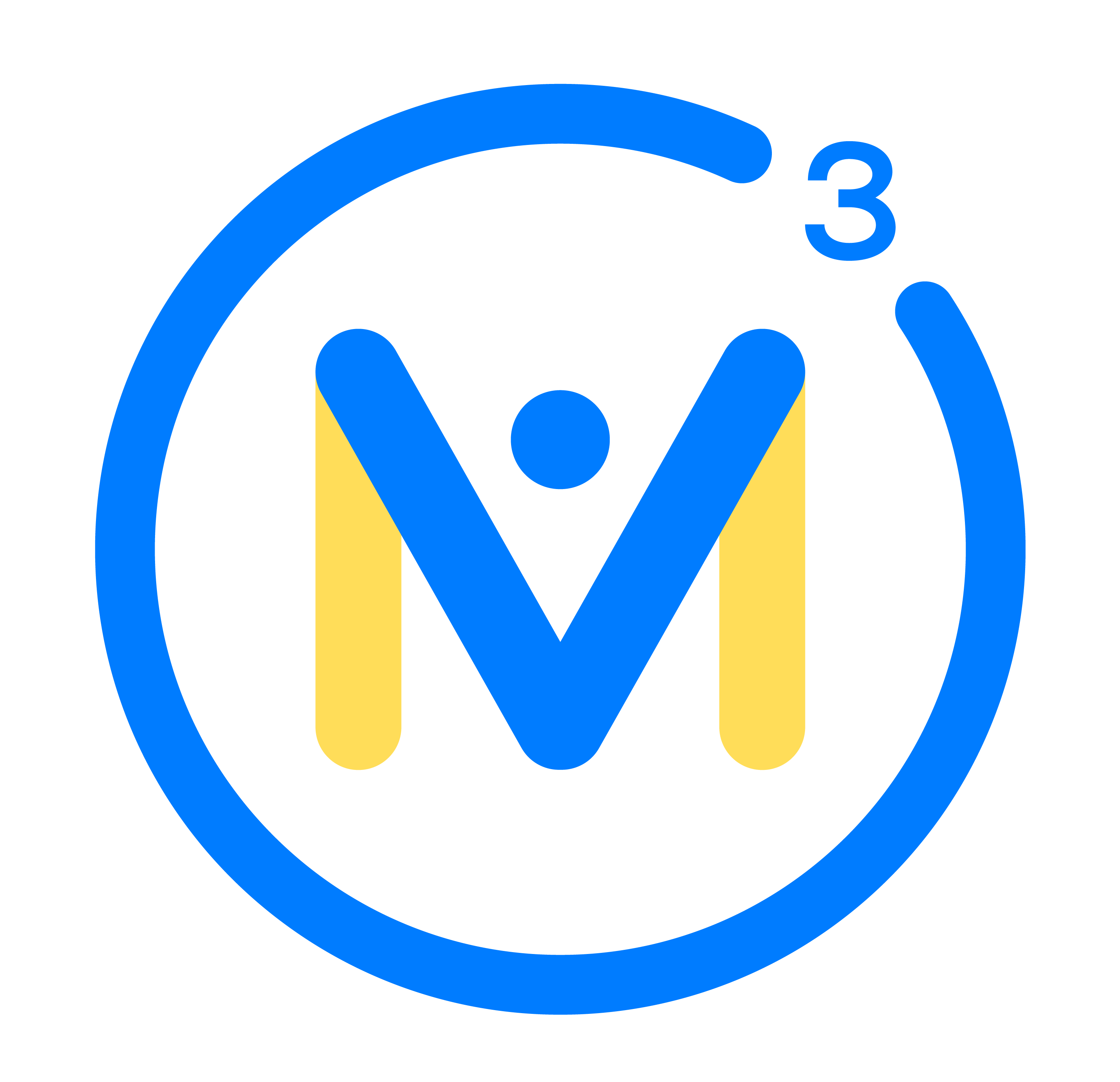CAN DRIVE [DAY 5]
MULTIPLICATION
Real world multiplication lesson leveraging facts of 2, 5 and 10.
Intentionality
Math Talk
Visual Math Talk Prompt #1
Visual Math Talk Prompt #2
Visual Math Talk Prompt #3
Assessment
Resources & Downloads
Educator Discussion Area
Intentionality & Unit Overview
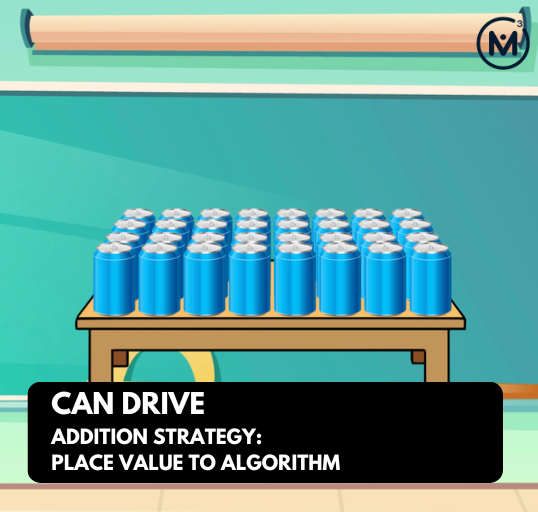
Length of Unit: 5 Days
Access each lesson from this unit using the navigation links below
Students will demonstrate the concepts and skills that they have developed through these contexts and learning experiences.
Intentionality…
The purpose of this assessment is for students to demonstrate their understanding of the following big ideas.
- Understand how rows and columns represent factors and the product.
- Use the array model to model multiplication facts and explore patterns in products, particularly those involving 2, 5 and 10.
- Begin to explore the distributive property, breaking up larger numbers into smaller, more manageable parts to simplify multiplication.
- Practice multiplication using hands-on tools and visual aids, gradually moving from concrete to abstract understanding.
The independent assessment will allow students to demonstrate concepts and skills related to the following learning goals:
- I will use an array to model multiplication.
- I will describe real-world examples of multiplication.
- I will explain the relationships between facts of 5 and 10.
- I will demonstrate how to break up larger numbers into smaller, friendlier multiplication facts.
Students might write and/or model their answers independently. Students can also be interviewed by their teacher.
An alternative assessment opportunity should be offered if this tool will not successfully capture what the student knows, understands or can do.
Math Talk
Objective:
Students will use their knowledge of multiplication to identify the factors and product of various arrays. They will also describe the relationships between the arrays, reinforcing their understanding of multiplication.
Instructions for the Math Talk:
Visual Prompts:
- Present a set of arrays to the students. Each array will represent a multiplication problem, with rows and columns clearly visible. There are two arrays in each set.
Step 1: Identify the Multiplication Sentence
- Ask students to look at the first array and name the multiplication sentence it represents.
- Example: If the array has 3 rows of 4 objects, the multiplication sentence is “3 × 4”
Step 2: Identify the Factors and the Product
- Ask students to identify the two factors (the number of rows and the number of objects in each row) and the product (the total number of objects).
- Example: “In 3 × 4, the factors are 3 and 4, and the product is 12.”
Step 3: Connect the Facts
- In each set, the arrays will be related, such as having one array that is a multiple of another.
- Ask students to describe how the arrays are connected.
- Example: “How is the second array related to the first? What changes when we go from 2 × 9 to 4 × 9?”
Visual Math Talk Prompt #1
Begin by showing the following silent animation video:
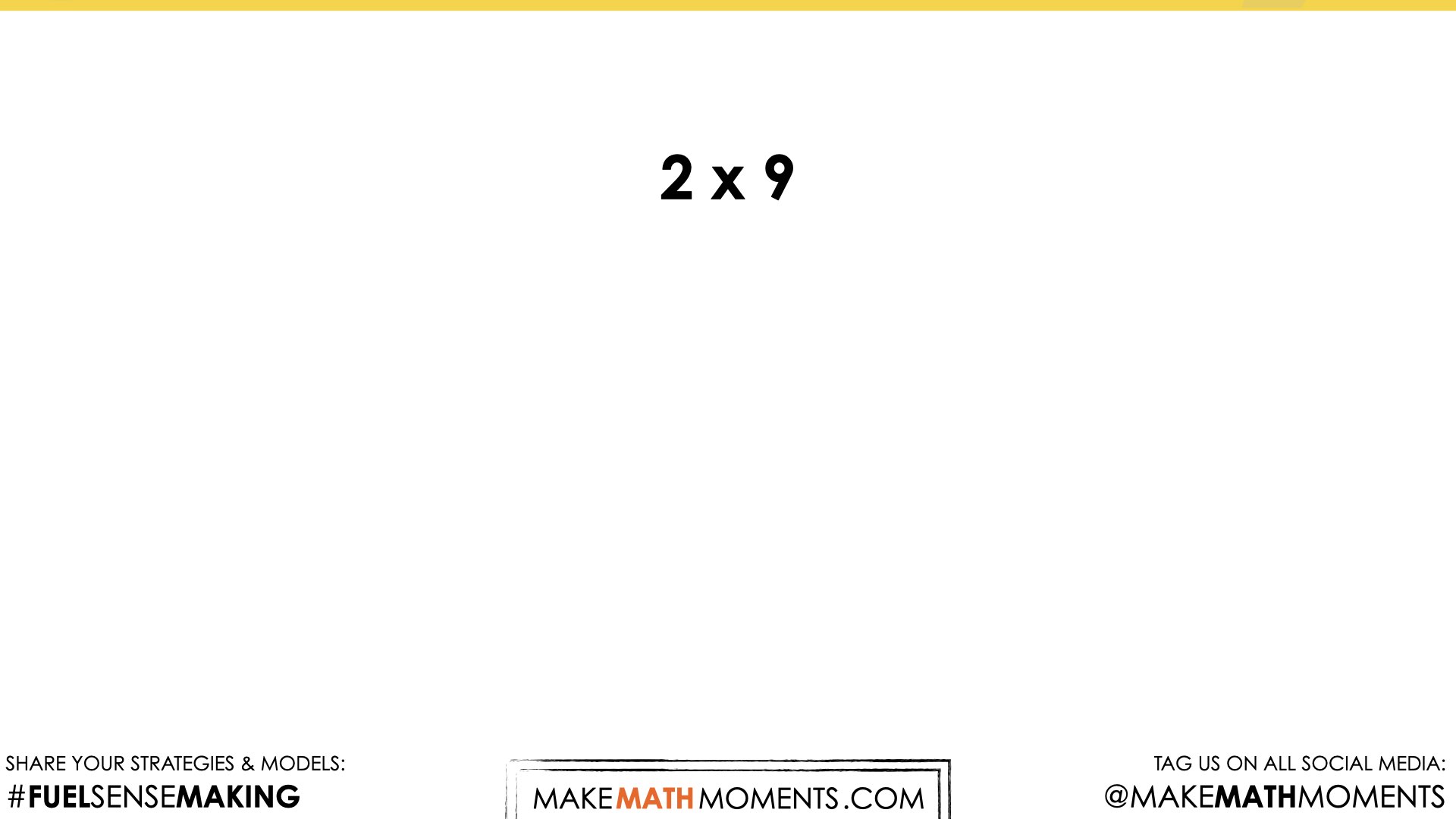
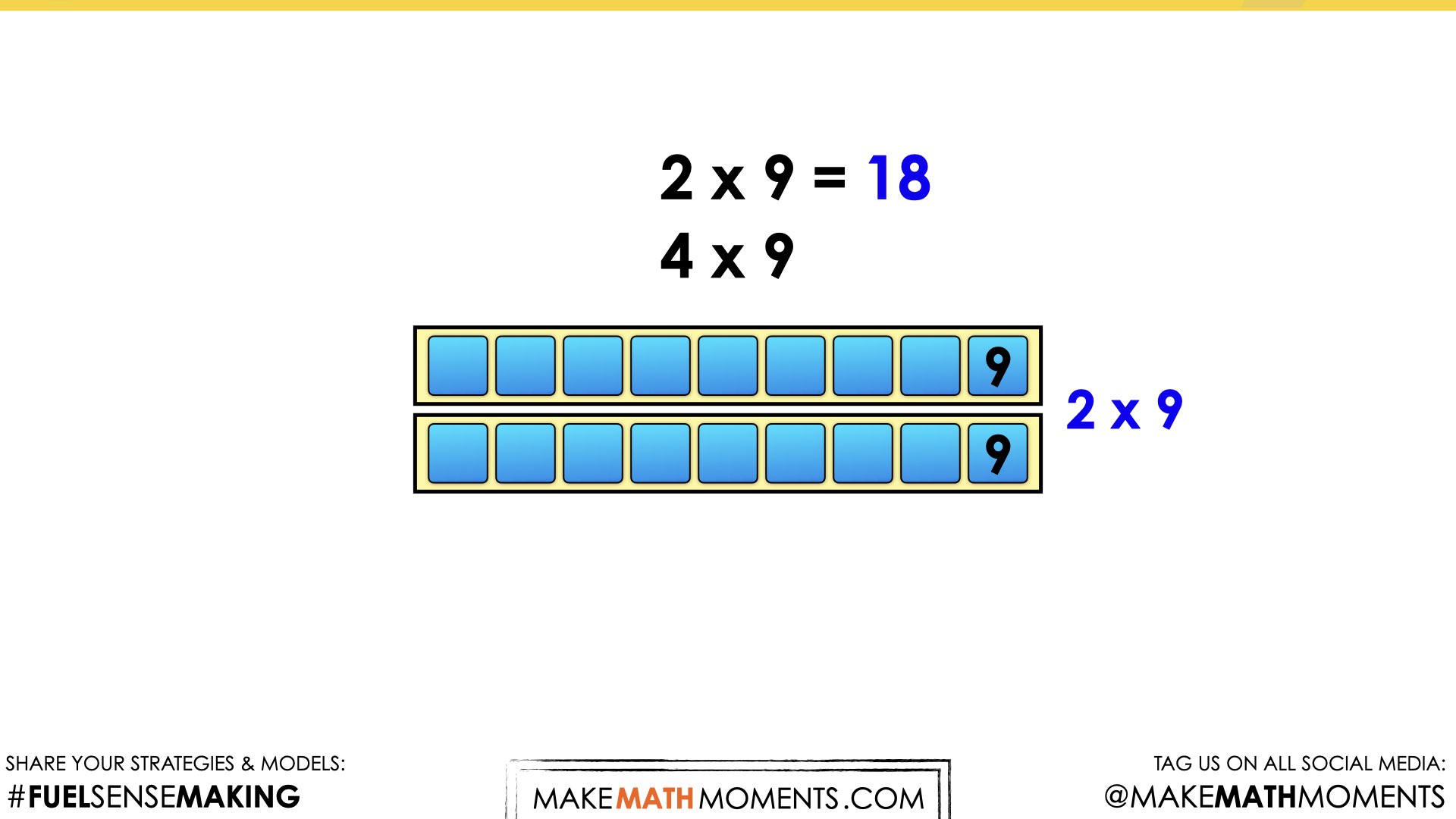
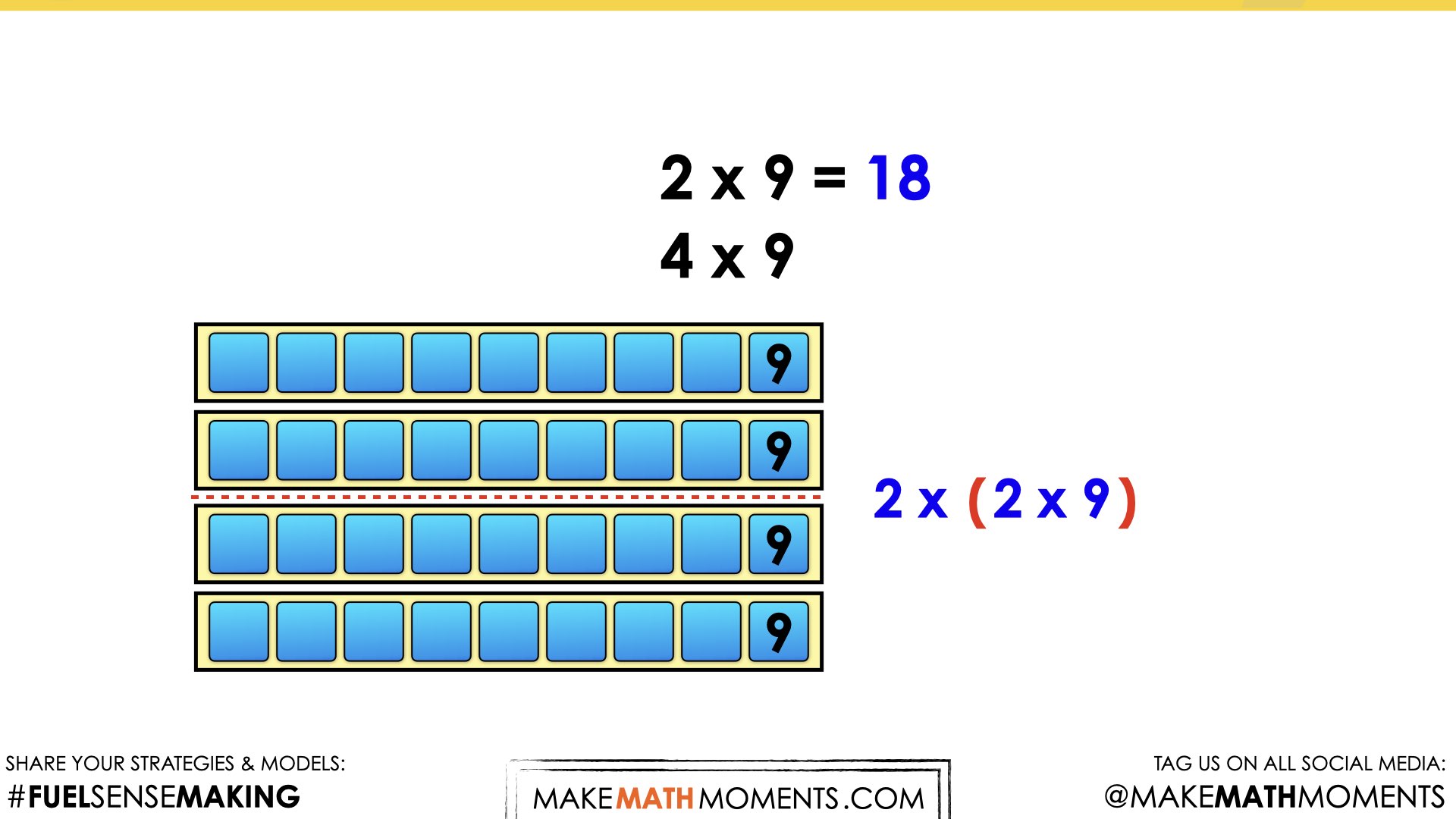
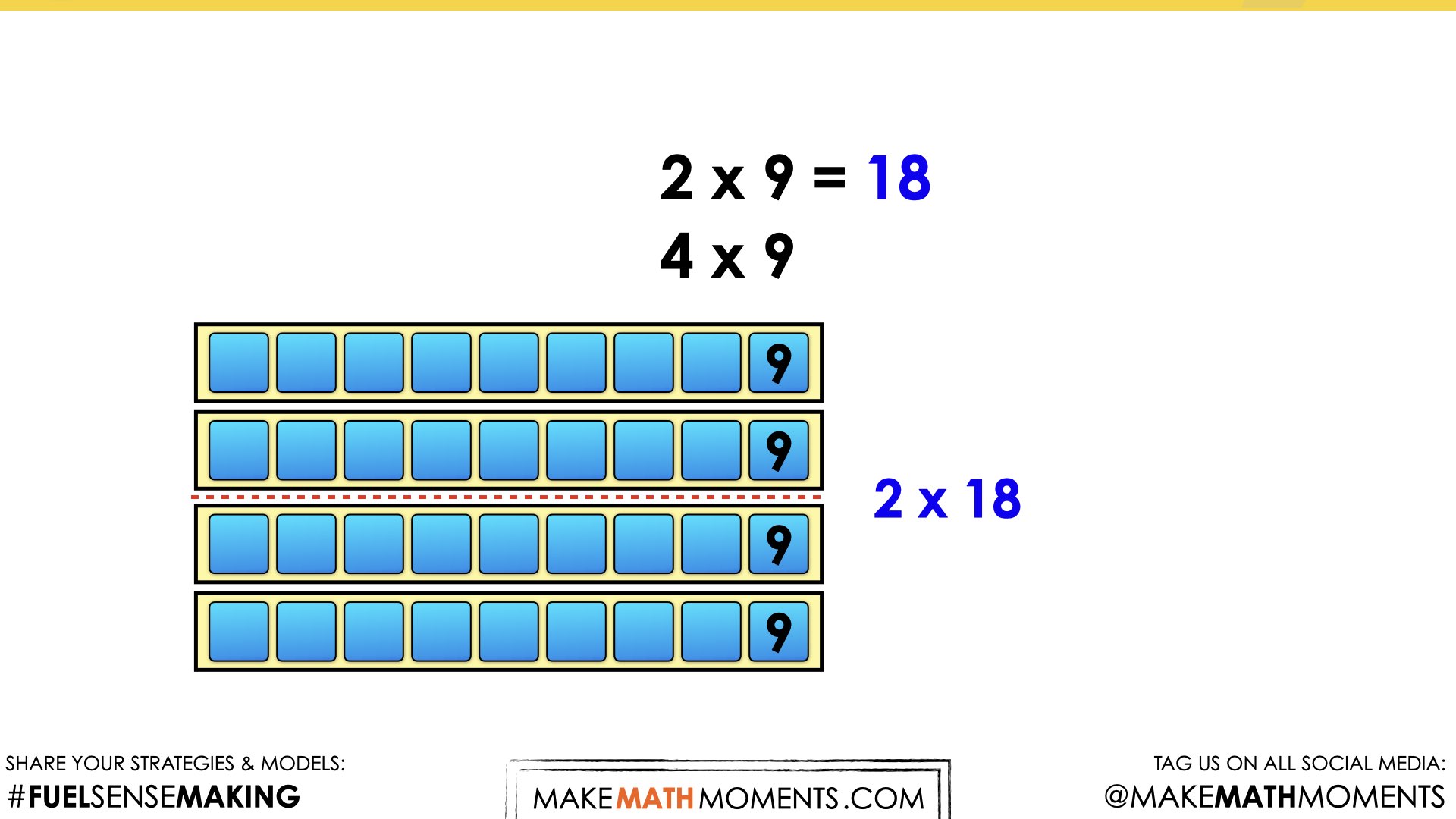

Visual Math Talk Prompt #2
Begin by showing the following silent animation.
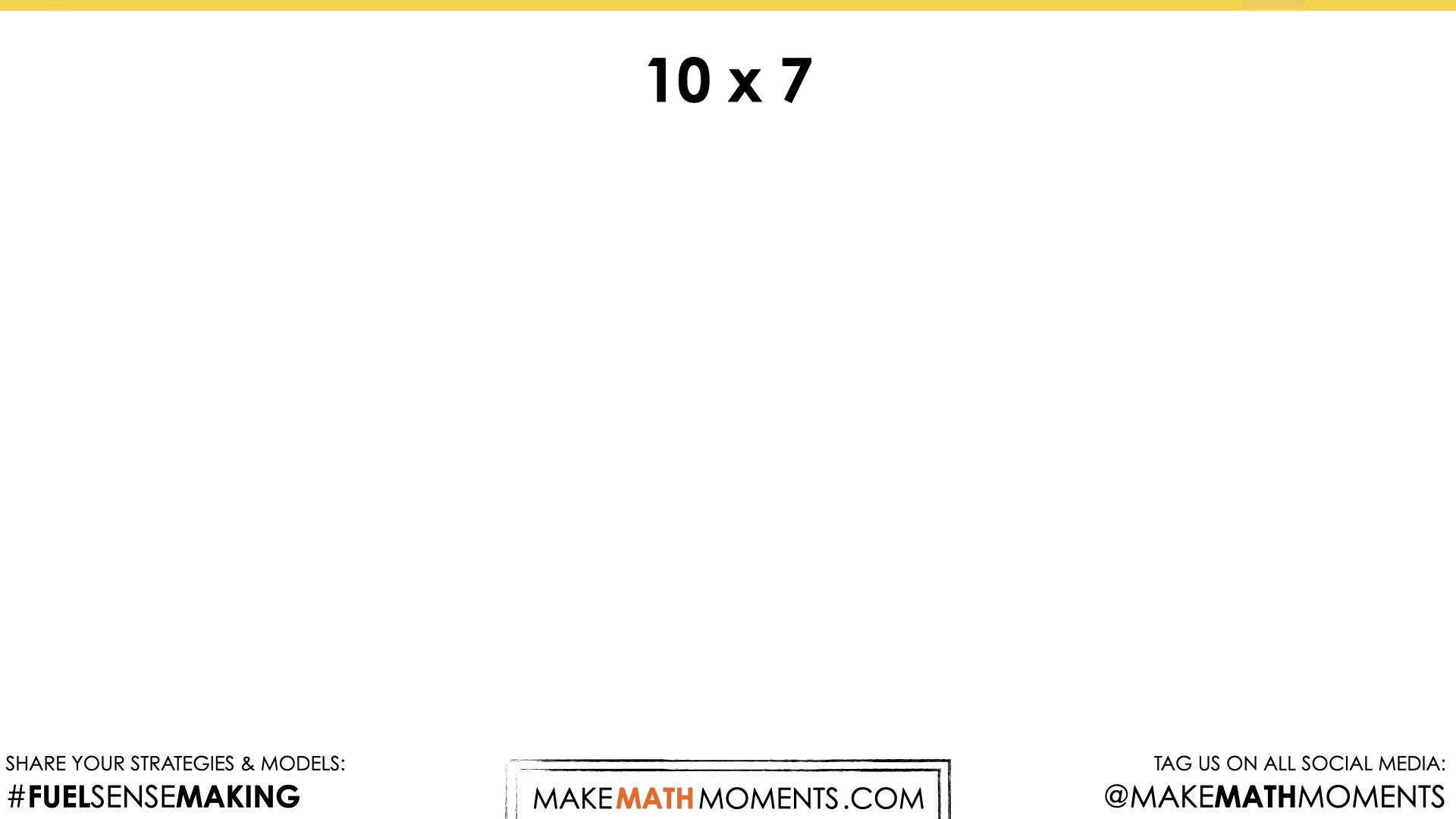
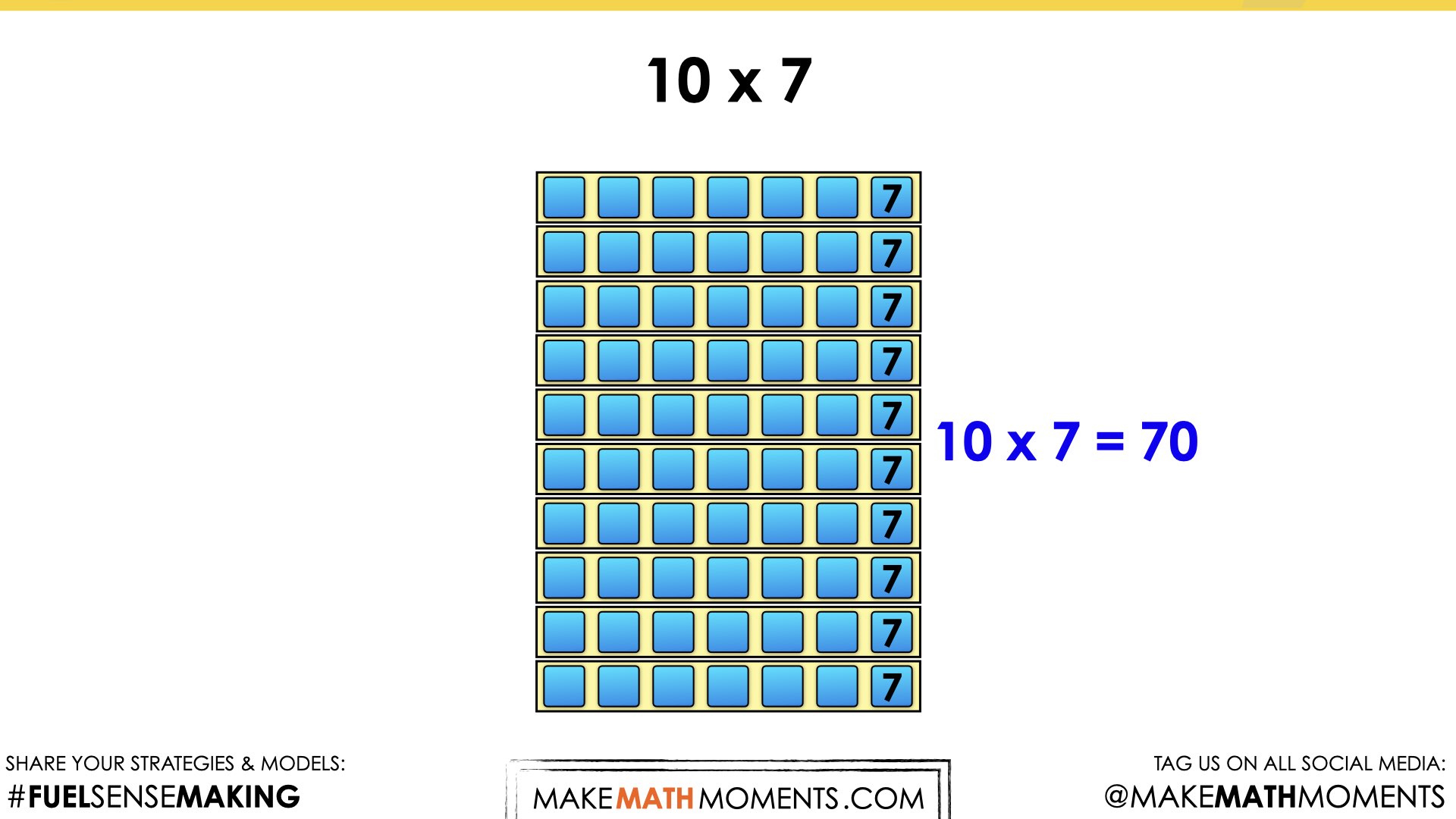
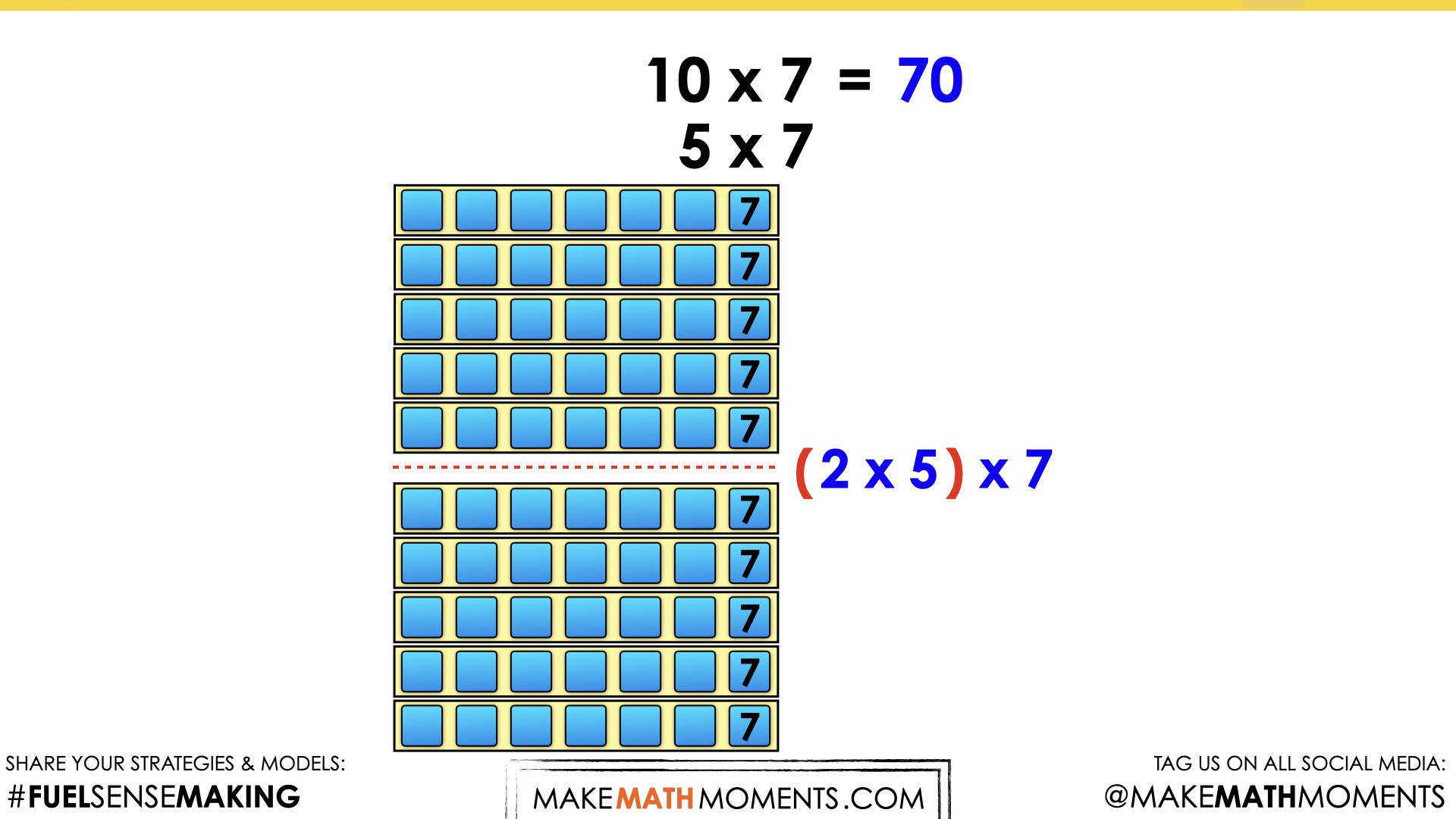

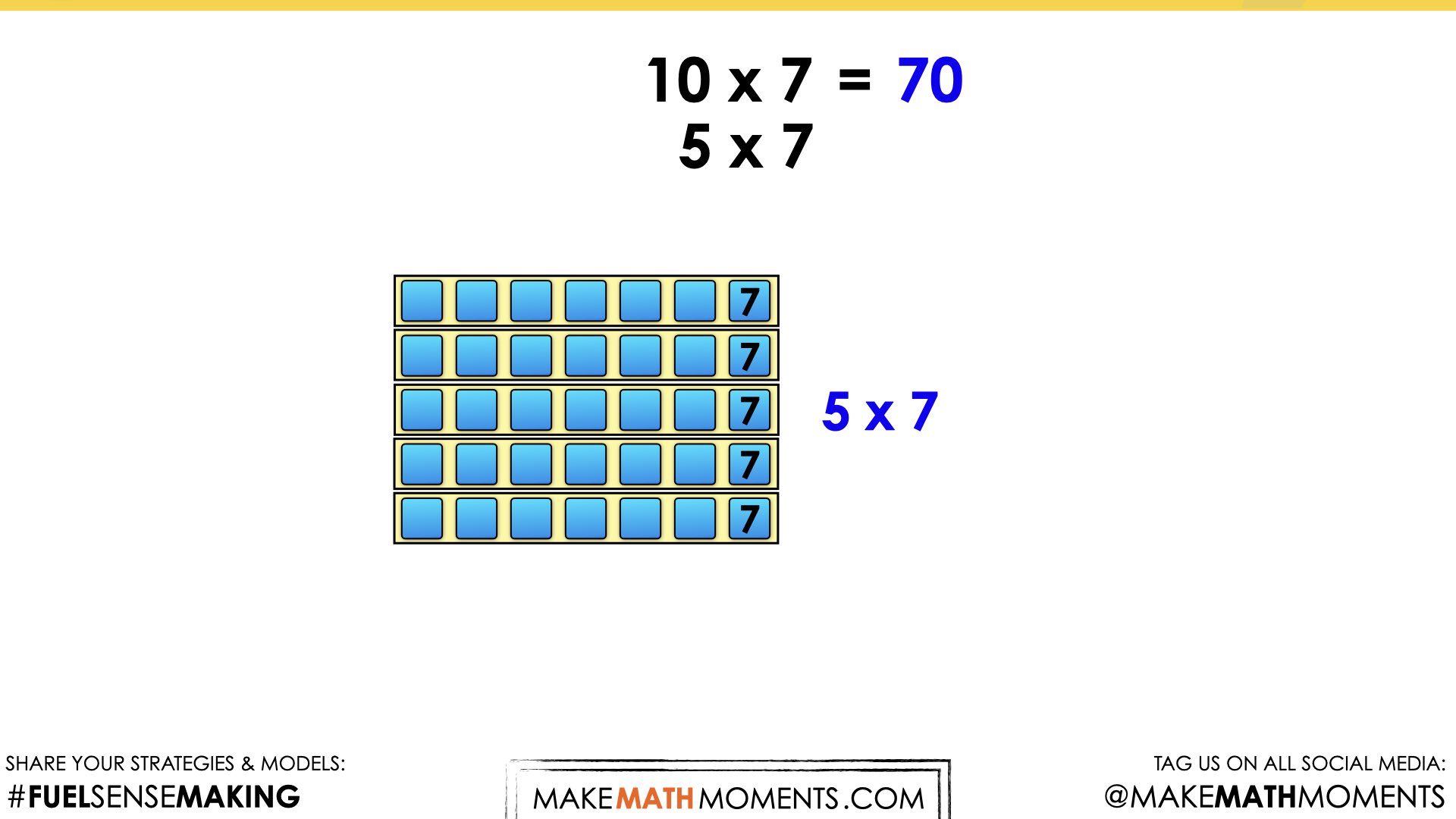

Visual Math Talk Prompt #3
Login/Join to access the entire Teacher Guide, downloadable slide decks and printable handouts for this lesson and all problem based units.
Assessment
Assessment Considerations…
Login/Join to access the entire Teacher Guide, downloadable slide decks and printable handouts for this lesson and all problem based units.
Assessment: Multiplication
Login/Join to access the entire Teacher Guide, downloadable slide decks and printable handouts for this lesson and all problem based units.
Resources & Downloads
Login/Join to access the entire Teacher Guide, downloadable slide decks and printable handouts for this lesson and all problem based units.
Printable Lesson Plan PDF
Videos, Images & Media Files
Apple Keynote Presentation
Powerpoint Presentation
Printable Consolidation Prompts
Educator Discussion Area
Login/Join to access the entire Teacher Guide, downloadable slide decks and printable handouts for this lesson and all problem based units.
Explore Our 60+ Problem Based Units
This Make Math Moments Lesson was designed to spark curiosity for a multi-day unit of study with built in purposeful practice, number talks and extensions to elicit and emerge strategies and mathematical models.
Dig into our other units of study and view by concept continuum, grade or topic!

